Profits from Equinor’s Hywind Scotland offshore wind scheme, off Peterhead, have surged as older green projects cashed in on a European gas crisis.
The world’s first floating wind farm, about 18 miles off the north-east coast, generated pre-tax earnings of £27.6 million last year. This is a 68% increase on the £16.4m the project made in 2021, while turnover increased by 32% year-on-year, to £47m.
Unlike newer offshore wind projects, Hywind isn’t supported by a government issued contract for difference (CfD), which guarantees developers a fixed price for their power.
Floating offshore wind only became a distinct category relative recently, with the Twinhub project off Cornwall becoming the first ever CfD supported floating scheme.
That means the Hywind development, operational since 2017, is free to sell its green energy on the open market through fully tradeable Renewables Obligation Certificates.
Market favours older wind projects
Due to the way the UK’s energy market functions, older renewables projects that aren’t on a CfD have benefitted from soaring gas prices amid a squeeze on supplies.
Electricity prices are determined every half an hour by the cost of the last unit of energy acquired to meet demand and balance the grid.
The current intermittency of renewable energy means, most of the time, the last unit of power required often comes from gas-fired power stations.
As a result lower-cost renewable energy is sold at the same price as costlier fossil fuel-generated electricity.
Older offshore wind projects have subsequently prospered from the upswell in gas prices that sent household bills skywards in 2022, following Russia’s attack on Ukraine.
Decoupling prices and enacting taxes
During her short-lived stint as prime minister Liz Truss tried to address the issue by decoupling the price of green energy from gas. She sought to sign up older renewable projects to long-term CfDs.
The tail end of last year saw Equinor toasting five years of operation for the pioneering Hywind project, which is still ranked the world’s best-performing offshore wind asset.
The scheme has achieved a capacity factor – a measure of how often a wind plant operates at its full potential output – of 54%.
With a capacity of 30 megawatts across its five turbines, Hywind generates enough electricity to power the equivalent of 34,000 UK homes.
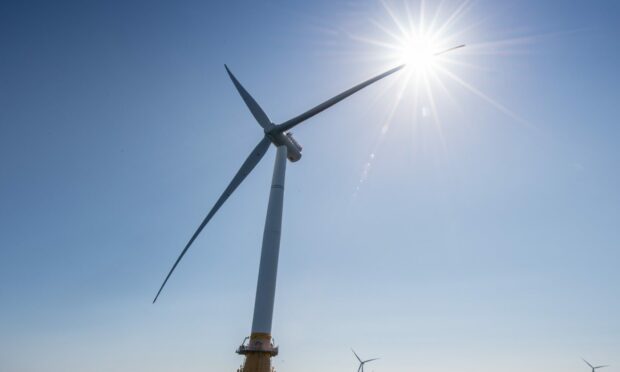
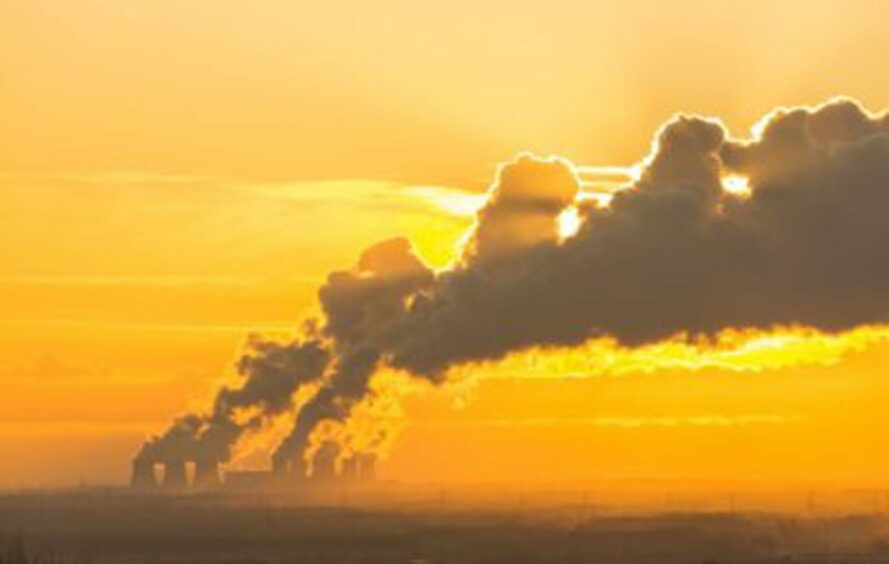
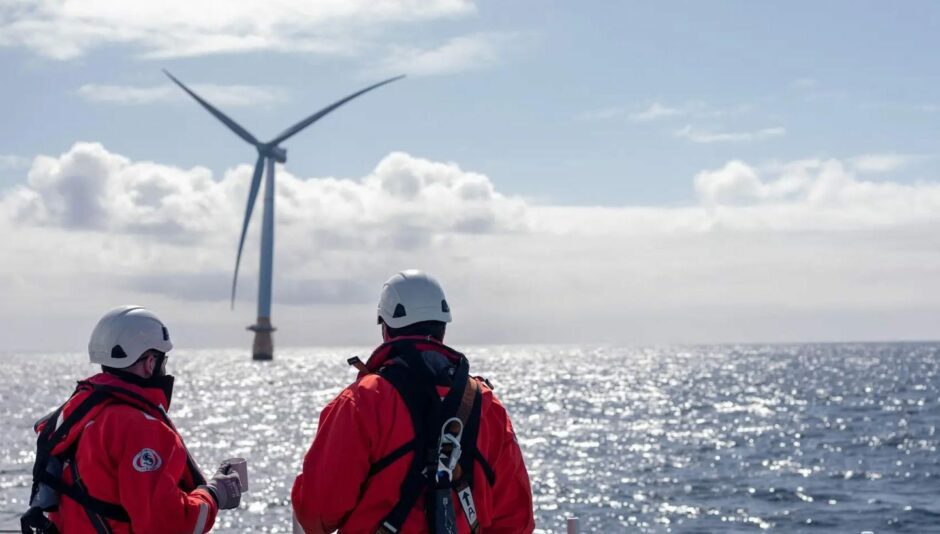
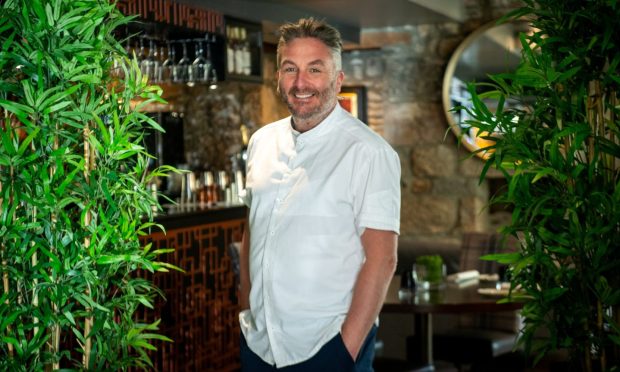
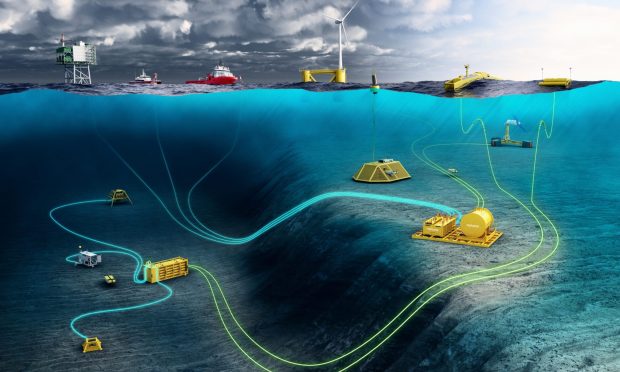


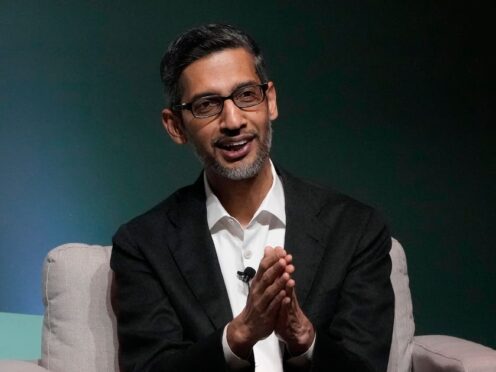
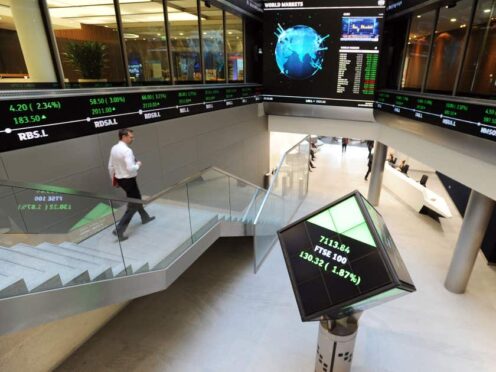

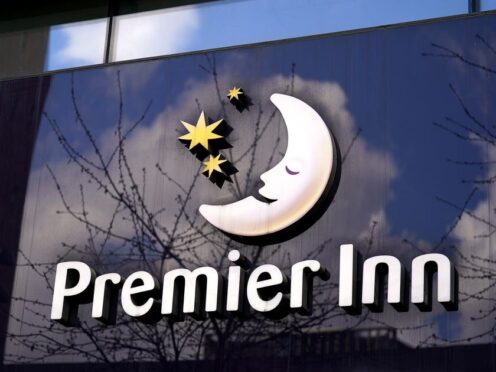
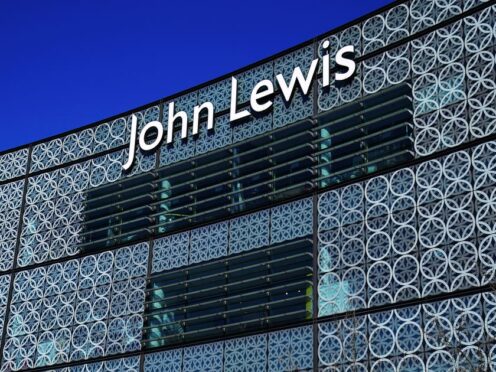
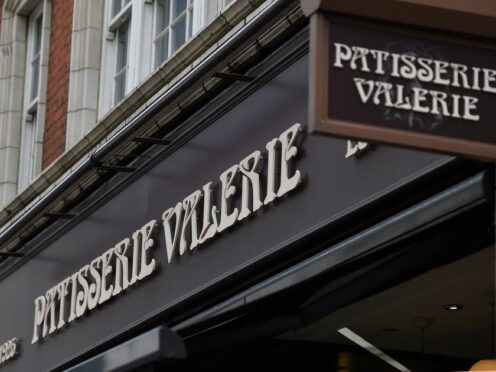
Conversation